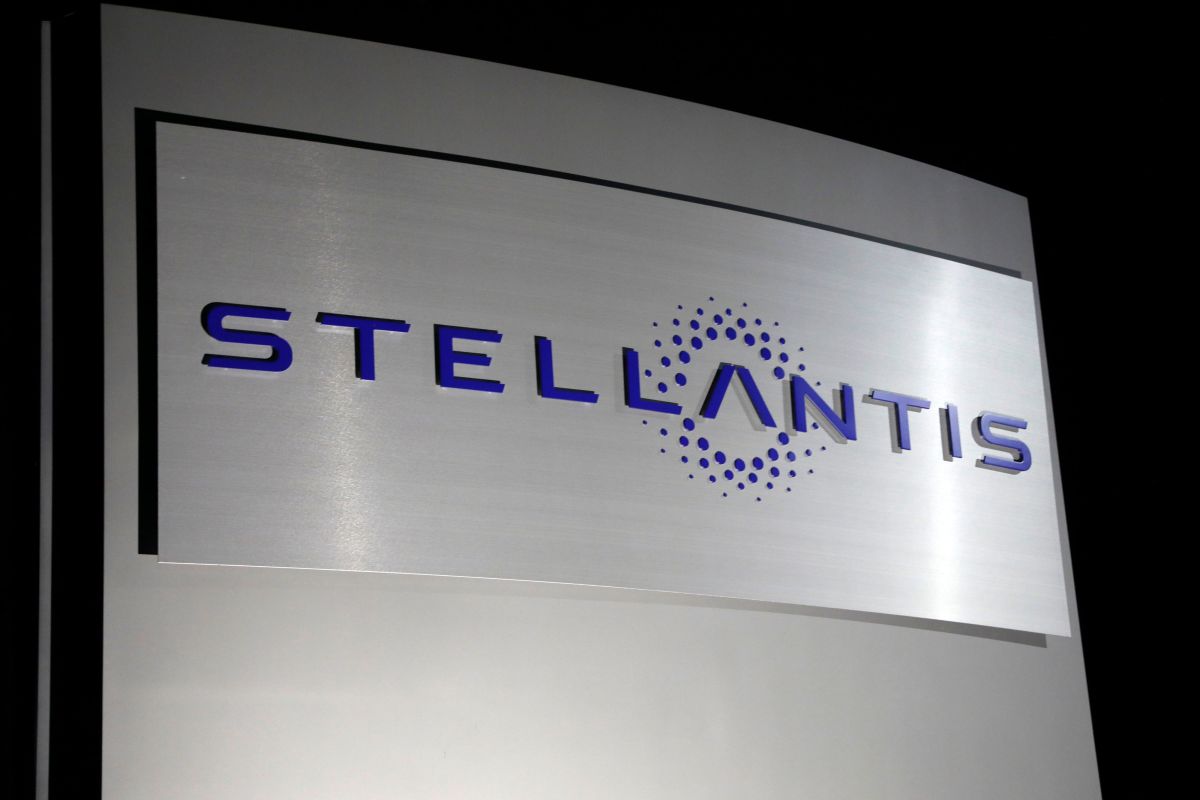Stellantis still has a trick up its sleeve after folding on hydrogen
Stellantis has announced the discontinuation of its hydrogen fuel cell technology development program, leaving more room for its $6 billion bet on an alternative-powered engine to come to fruition. Japan is leading the development of hydrogen power within the automotive industry, and China holds the most significant global electric vehicle (EV) presence, but Stellantis is investing $6 billion into the South American market to build a generation of hybrid motors that can run on gasoline or ethanol.
This next-generation bio-hybrid technology investment is the region’s largest of its kind for the automotive sector, helping spur over 40 new products that can switch between gasoline and ethanol on demand. The full range of ethanol powertrains will include a bio-hybrid version with an internal combustion engine and an electrical drive, a bio-hybrid eDCT using a bio-hybrid powertrain with an electric dual clutch, and a plug-in hybrid (PHEV) version that utilizes a combustion engine, electric motor, and battery, ECONews reports.
Getty Images
Former Stellantis CEO Carlos Tavares, who Antonio Filosa recently replaced in late June, said: “As a critical part of our ‘third engine’ growth strategy, South America will take a leading role in accelerating the decarbonization of mobility together with our employees, our supply chain network and our partners,” according to Smart Energy Decisions. The automaker’s $6 billion investment will span from 2025 to 2030 and is centered in Betim, Brazil, which became Stellantis’ global center of expertise for bio-hybrid technology in March.
Stellantis’s hydrogen ambitions paused by infrastructure and market realities
While Stellantis retains its substantial investment in next-generation gas engines running on ethanol, it has announced that it will end its hydrogen fuel cell technology development program due to the limited availability of hydrogen refueling infrastructure, high capital requirements, and the need for stronger consumer purchasing incentives. Additionally, the company stated that it doesn’t anticipate the widespread adoption of hydrogen-powered light commercial vehicles before the end of the decade. Stellantis had planned to launch a new range of hydrogen-powered Pro One vehicles this year, with mass production for medium-sized vans set to begin in Hordain, France, and for large vans in Gliwice, Poland.
Jean-Philippe Imparato, Chief Operating Officer for Enlarged Europe at Stellantis, explained: “The hydrogen market remains a niche segment, with no prospects of mid-term economic sustainability. We must make clear and responsible choices to ensure our competitiveness and meet the expectations of our customers with our electric and hybrid passenger and light commercial vehicles offensive.” Stellantis clarified that its hydrogen research and development cuts won’t result in staff cuts, with energy being redirected to other projects.

Getty
Final thoughts
Japanese manufacturers, such as Toyota, have been investing heavily in hydrogen powertrain development, and Stellantis must now reconcile discontinuing its hydrogen fuel cell technology development program with its 33.3% stake in Symbio, a European company specializing in hydrogen fuel cell systems. Still, Stellantis shareholders shouldn’t panic over this priority shift, given the automaker’s $6 billion South American investment that could breathe new life into its portfolio. Stellantis plans to integrate varying levels of modern electrification with ethanol to produce over 40 new products, a move that comes at a time when an increasing number of companies are scaling back their battery electric vehicle (BEV) investments.
